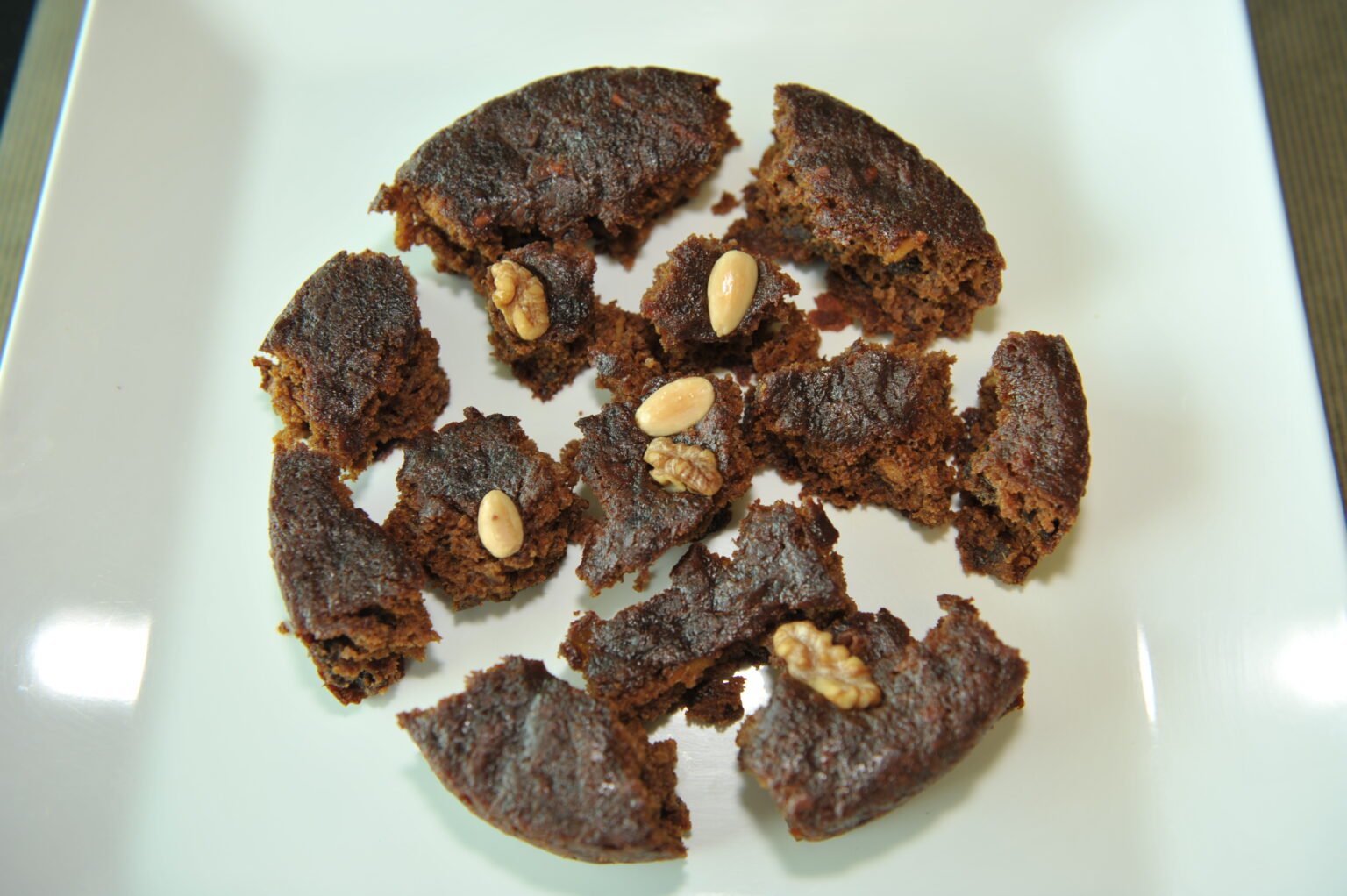Here in Madeira we don’t call Christmas Christmas, we call it A Festa, The Party, with capital letters! It is a long and warm celebration of what unites us: family, music, the landscape, memories and of course, food. Between the beginning of December and the Sweeping of the Cupboards, which is celebrated on January 15th as Santo Amaro’s Day, the whole island is decorating, seasoning, planting and embellishing for A Festa!
Officially, the Party starts on December 1st with the turning on of the lights. When the switch is flicked, the island’s streets and private gardens become magical places where it is impossible not to smile! Ambling through Funchal is a walk of wonder: from the trees hung with bright colours where you can imagine fairies fluttering, to giant Christmas trees which you can enter and take ‘the’ selfie, to tunnels of sparkling lights and presents and elves and flowers.

In the air there is an inviting aroma of vinha d’alhos (a traditional dish of meat marinated in garlic and wine), tangerines and junquilhos (a kind of very fragrant narcissus that blooms for A Festa). Music is heard everywhere, from Michael Bublé’s Christmas album, to philharmonic bands and traditional songs that everyone sings along to. Also through the doors of the churches, songs are heard very early in the morning: these are the Missas do Parto, masses symbolising the months of Mary’s pregnancy which take place across the island dedicated to shepherds, fishermen and even bikers.

In every house, every chapel and every square, Lapinhas are built, cribs that can be either box steps with the baby Jesus on top, decorated with fruit and cearinhas (small pots with sprouted wheat and barley) to thank for the crops, or complex structures with caves and mountains and valleys that portray life on the island now and way back when. There are scenes of shepherds, fishermen, embroiderers, tinkers, patrons, weavers, basket weavers, barbers, levadeiros (the men who care for the levadas), washerwomen, butchers, woodcutters, painters, … we can see the different phases of wine production, from the harvest, to the treading, to the carrying of the wine filled goat skins and even the toasting; we can see processions and churches; even water mills in operation, moved by miniature levadas that cross the entire scene; replicas of windmills moved by old microwave motors; and of course, the three wise men and the holy family, with the baby Jesus sometimes lying on the upturned shell of a limpet (Lapa in portuguese, thus the term Lapinha, little limpet).

Tropical fruits abound in the market, which the generosity of the climate and the soils make it possible to grow. The stalls are filled with fresh products that still taste like they are supposed to, fish arrives every day from the sea, and flower pots of poinsettias of various colours and Sapatinho orchids to decorate the windowsills are sold. The strongest days for fruit and vegetables are Friday and Saturday morning, when the central courtyard is filled with local farmers selling their produce. On the remaining days of the week you can find in the patio antique and collectibles fairs, social solidarity associations selling cakes and handicrafts, and stalls of urban designers with original clothes and accessories, perfect for taking home unique mementos.

On December 8th, the breeze brings new fragrances: whole families get together to make dozens of Bolos de Mel, our cane honey cakes, each with their own recipe of this delicacy that is a monument to the history of this island. The nuts and crystallized fruits from South America and Africa, the spices from India and China, all blended with our cane honey. The oven is on for hours and in the middle of the kneading, spicy broas de mel (biscuits) and colored liqueurs made from cherry, anise, coffee, tangerine, herbs and the classic TimTamTum are also made. A Festa is synonymous with unexpected and highly cherished visits and the house has to be clean and freshly painted and the pantry stuffed to delight all guests.


Comment (0)